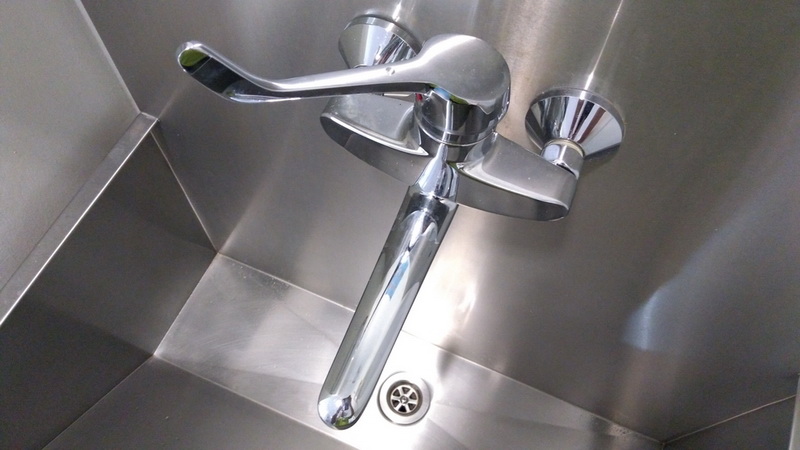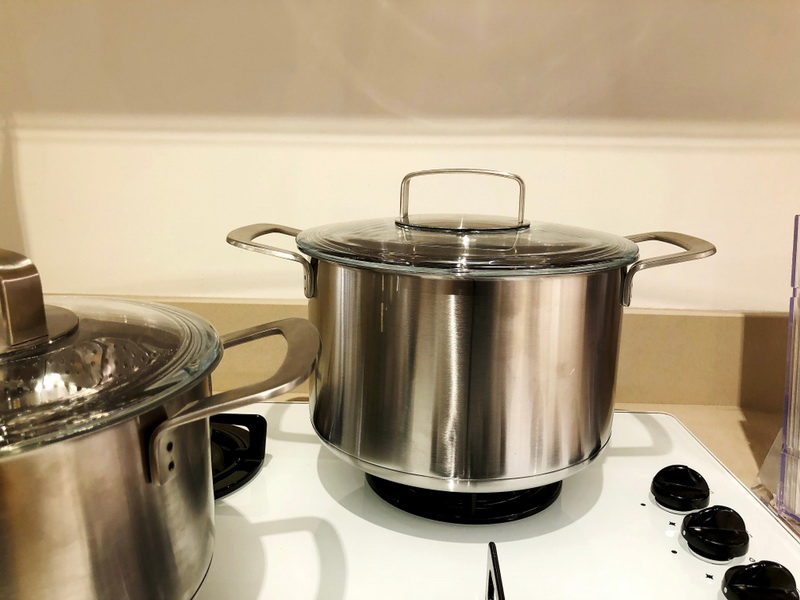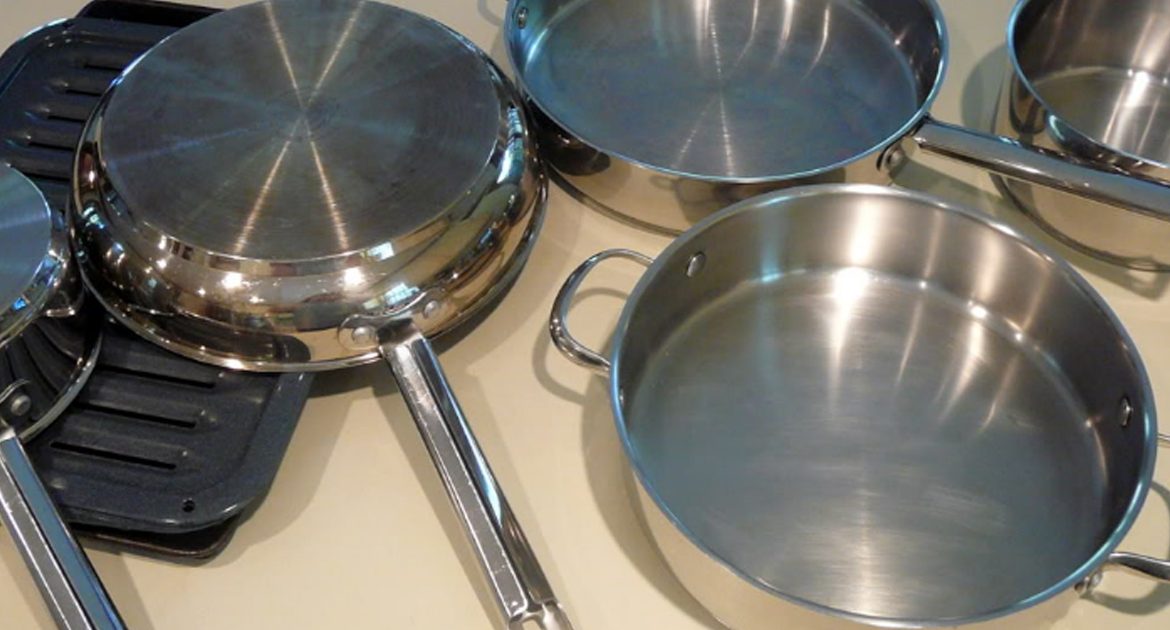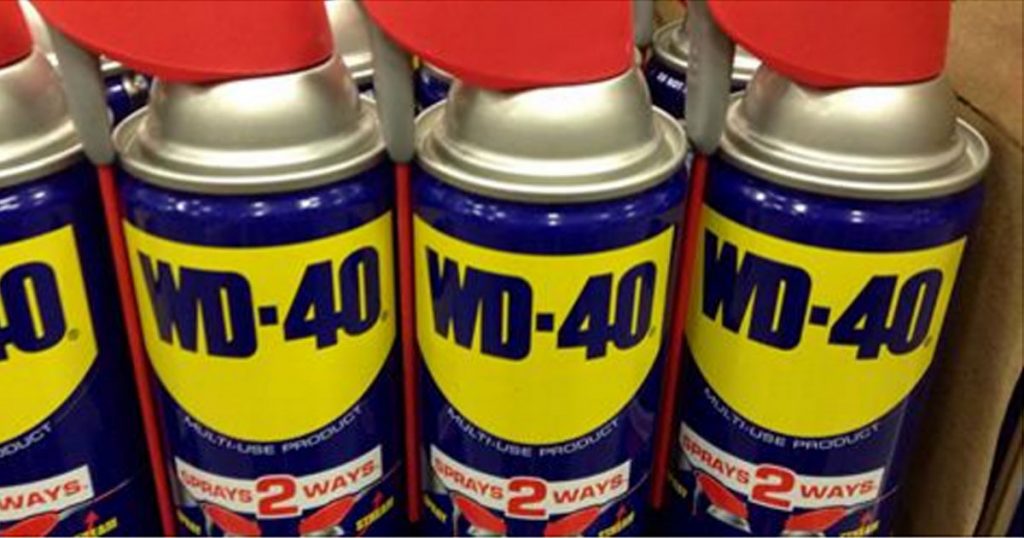Of course, stainless steel looks beautiful. You step into your bathroom and everything is shining. You go into the kitchen and your pots look brand-new. And only housewives know how hard it is to keep these things shiny. We are here to help our dear readers with a few methods that require minimum effort and money and provide excellent results.
Put on your gloves and get down to work!
Limescale

You will need:
1 tbsp. of baking soda;
1 tbsp. of toothpaste;
1 tbsp. 9% vinegar.
What you should do.
Mix the baking soda and toothpaste. Then add the vinegar drop by drop. Apply the mixture directly onto the surface and wash it off 5 minutes later.
Limescale usually appears 2–3 days after cleaning. It gives quite an unaesthetic look to your sink. Of course, it is always better to remove dirt immediately. Nevertheless, if you fail to eliminate the problem right away for some reason, this method is exactly for you!
Limescale and stains
You will need:
1 tsp. of vegetable oil;
1 tbsp. of 9% vinegar.
What you should do.
Put some oil on a sponge and rub the stainless steel item. Then moisten a clean sponge with vinegar and wipe the surface again.
In this case, you are dealing with stains in the form of mineral salts contained in water and deposited inside dishes.
Slight buildup

You will need:
- toothpaste.
What you should do.
Apply a thick layer of toothpaste on the item. Let it dry for 1–2 minutes. Wash the toothpaste off with cold water and dry the stainless steel object with a towel.
Hard buildup
You will need:
- a tube of clerical glue;
- half a pack of soda ash;
- 1 tbsp. of cleaning detergent (powder).
What you should do.
Add the glue, baking soda, and cleaning detergent to a bucket. Place the dirty pots in the bucket. Pour some water so that it covers the pot by 2–3 cm. Boil for an hour or more. Then take the pot out of the bucket and wash it normally. The buildup and grease will be easily removed.
Attention: While the water is boiling, make sure to turn on the hood fan and open the window. Do not stand over the stove. Close the door to the kitchen and try to avoid inhaling the vapor.
Experienced housewives successfully use this method to clean their mugs, pots, and pans.
Have you ever tried any of the above methods? Share your experience and recommendations in the comments. We bet our readers are interested in new cleaning methods!






